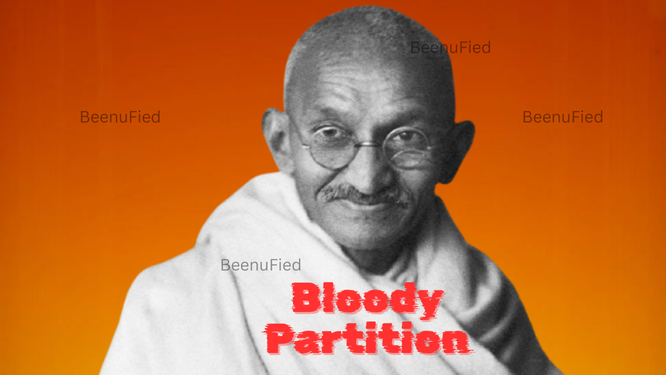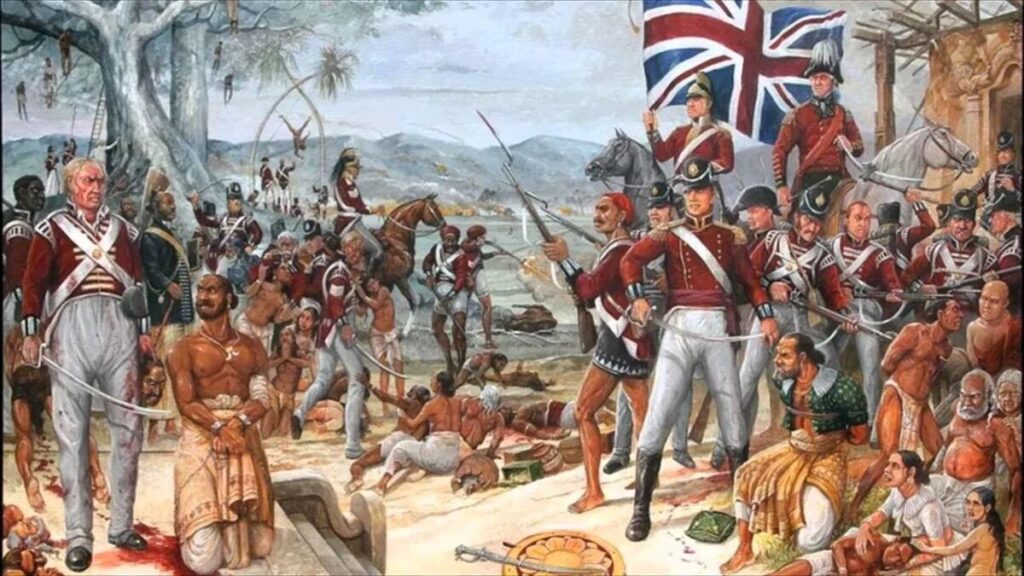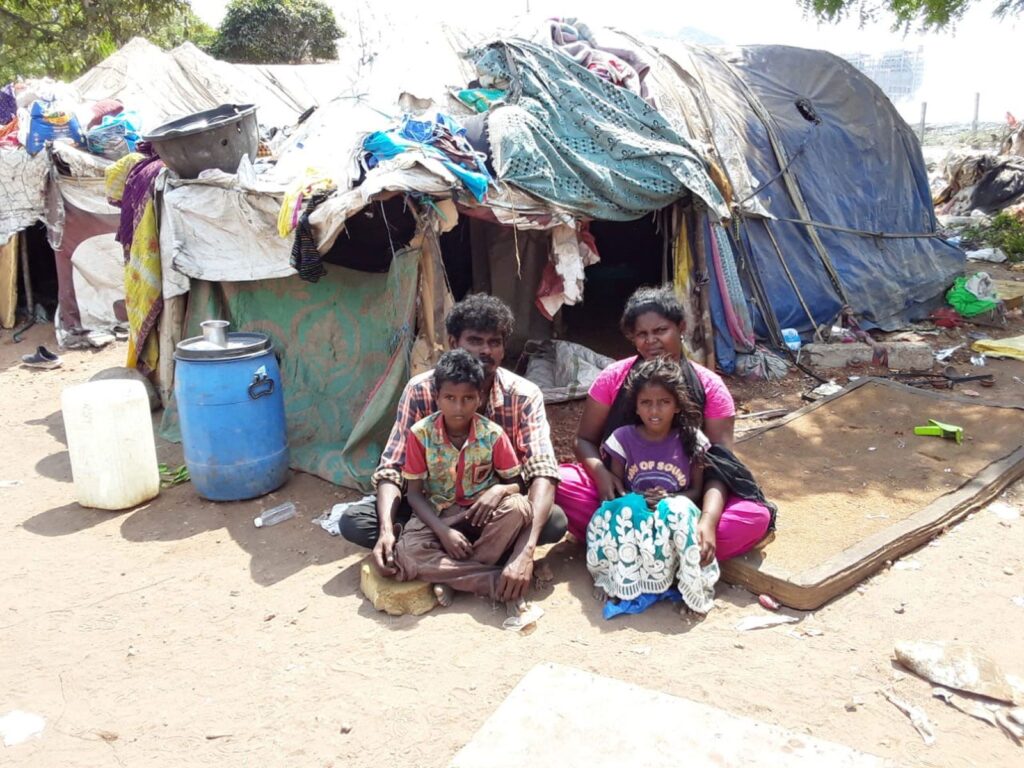
Whenever the topic of Partition of India comes up, the first person who is often blamed is Mahatma Gandhi. If not Gandhi, then the blame usually shifts to the Indian National Congress. But have you ever wondered, was the Partition of India really the fault of one individual or one political party? The truth is far more complex than that.
The partition did not happen overnight, nor was it caused by a single decision. There were multiple historical events, political conflicts, and ideological battles that finally resulted in the division of the country. In this article, we will present only the events and facts without any bias, so that after reading the full story, you can decide for yourself why the partition happened.
The Beginning: From 1858 to the Demand for Complete Independence
The story starts in 1858, when the rule of the East India Company ended, and Queen Victoria became the sovereign of British India. After this, a series of political and social movements began in India. Initially, these movements were focused on bringing administrative changes, but they did not bring any major results.
Frustrated by British dominance, Indian leaders later demanded Dominion Status. Dominion Status was a form of partial self-governance within the British Empire, where India would have autonomous control over its domestic affairs while maintaining allegiance to the British monarch and the Commonwealth.
However, even this demand was rejected by the British government. This rejection further angered Indian leaders, and soon the demand shifted from Dominion Status to Purna Swaraj, meaning Complete Independence.
The Rise of Communal Divide and the Muslim League
The Partition of India story truly began with the British adopting their notorious Divide and Rule policy. However, the role of the All India Muslim League was equally important. The League neither wanted India to remain united after independence nor did it want a Hindu leader to rule the country.
Earlier, the Muslim League had demanded separate electorates, and this was granted through the Government of India Act of 1909. Under this system, Muslims could vote only for Muslim candidates, and only a Muslim could be elected by Muslim voters.
But even this did not satisfy Muhammad Ali Jinnah and the League. In 1940, the Muslim League passed a historic resolution called the Pakistan Resolution, which demanded the creation of a separate Muslim nation, Pakistan, by merging Muslim-majority provinces.
World War II and the Cripps Mission (1942)
The next big chapter came with World War II (1939–1945). During this period, Britain desperately needed India’s support in the war. To secure cooperation, the British government sent the Cripps Mission to India in March 1942, led by Sir Richard Stafford Cripps.
Main Proposals of Cripps Mission
- India would be given Dominion Status, and it could decide its relationship with the Commonwealth and participate in the United Nations and other international bodies.
- A Constituent Assembly would be formed after the war to draft a new constitution for India.
- Any province unwilling to accept the constitution could have a separate constitution of its own.
- Defence of India would remain in British hands.
Why Congress Rejected the Cripps Mission
- It proposed Dominion Status, but India wanted complete independence.
- Allowing provinces to make separate constitutions went against the principle of unity.
- There was no share for Indians in the defence of India.
- No plan for immediate transfer of power.
Why the Muslim League Objected
- The League did not like the idea of a single Indian Union.
- They believed that their demand for partition of India was ignored.
The Cripps Mission failed miserably, and its failure created massive unrest in the country.
The Quit India Movement and Political Deadlock
Angered by the proposals and other reasons, on 8 August 1942, during the Bombay session of the All India Congress Committee, the Quit India Resolution was passed. The Quit India Movement began across the country with the slogan “Angrezon Bhaarat Chhodo”
However, the Muslim League did not support this movement. By this time, the League had become a powerful political force, and its continuous opposition created a political deadlock.
To resolve this, Chakravarti Rajagopalachari introduced the CR Formula (also known as the Rajaji Formula) in 1944. This formula proposed the creation of Pakistan by grouping Muslim-majority areas. To discuss this proposal, Mahatma Gandhi met Jinnah.
Main Points of the CR Formula
- The League would support India’s demand for independence and cooperate with Congress in forming a Provisional Interim Government for a transitional period.
- After the war, a commission would demarcate districts having an absolute Muslim majority, and in these areas, a plebiscite would be conducted based on adult suffrage.
- All parties could express their stance on partition before the plebiscite.
- If separation occurred, a mutual agreement would safeguard matters like defence, communication, and commerce.
- Any population transfer would be voluntary.
- These terms would apply only if Britain transferred full power to the Government of India.
However, Jinnah rejected this proposal, fearing that the plebiscite might not result in a majority for partition of India.
The Final Phase: Mountbatten Plan and Partition of India
When World War II ended, the British finally decided to leave India. The then Viceroy, Lord Mountbatten, introduced the Dickie Bird Plan, which clearly mentioned the Two-Nation Theory. It stated that only those provinces that willingly wanted to join India would be included.
This partition of india was accepted because Indian leaders believed:
“It is safer to have a smaller India with a strong central authority than a larger state with a weak core.”
Thus, in 1947, the Partition of India became a reality, leading to the creation of India and Pakistan, but at the cost of one of the bloodiest migrations in history.
Conclusion: Why Did the Partition of India Happen?
The Partition of India was not the responsibility of one person or one party. It was the result of British policies, communal politics, the demand for Pakistan by the Muslim League, and the political heroism of leaders and much more. While Gandhi and Congress are often blamed for partition of india, the reality is far more complex and deeply rooted in decades of political struggles.
READ MORE: The Real Culprit Behind British Conquest of India.


Waahwaaj
H